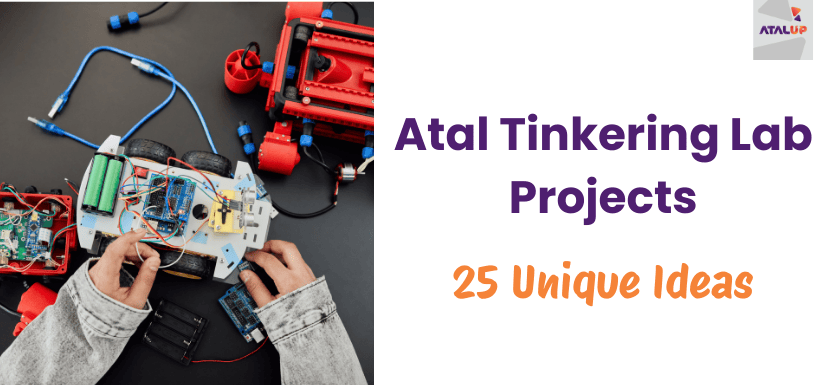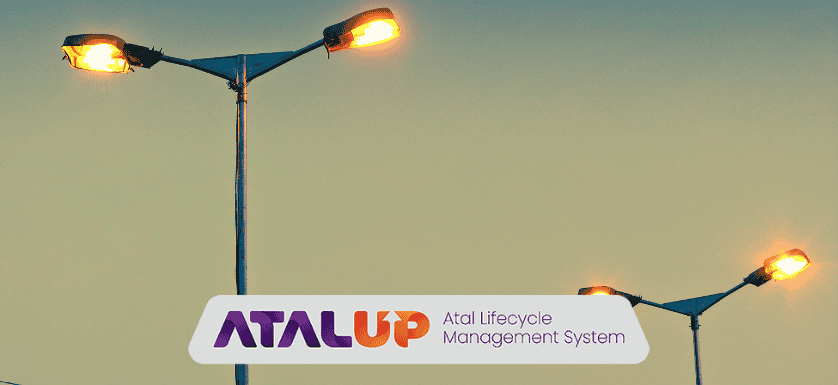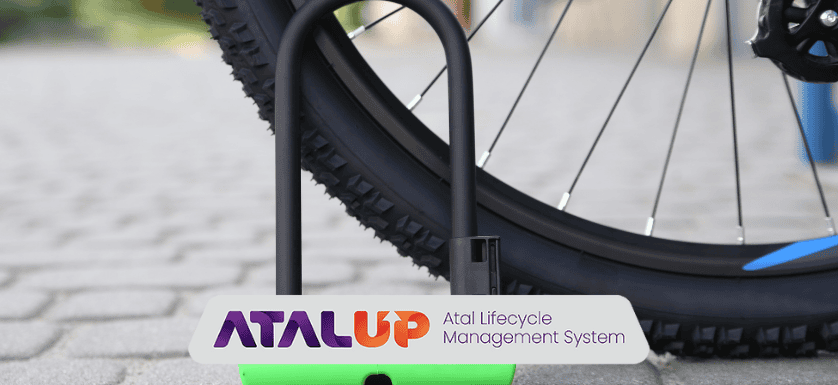
The Atal Tinkering Lab (ATL) is more than just a space with science kits and 3D printers; it’s a space for innovation, critical thinking, and hands-on learning. ATL was introduced under the Atal Innovation Mission to promote curiosity and creativity among students by encouraging them to solve real-world problems using STEM (Science, Technology, Engineering, and Mathematics). A well-structured Atal Tinkering Lab curriculum offers the right mix of theory and activity-based learning, and the key to success lies in implementing unique and meaningful Atal Tinkering Lab projects.
Below are 25 unique and creative Atal Tinkering Lab projects that align with the Atal Tinkering Lab curriculum and can be conducted as engaging Atal Tinkering Lab activities in schools:
Table of Contents
25 Unique Atal Tinkering Lab Projects
1. Smart Dustbin with IoT Alerts
Create a sensor-based dustbin that sends a mobile alert when it’s full. This project introduces students to basic IoT and helps address hygiene issues. A great start to understanding real-world applications.
2. Automatic Plant Watering System
Build a system using soil moisture sensors and a small water pump that automatically waters plants when soil is dry. It promotes sustainability and teaches automation in agriculture. Students can expand the project with a timer or weather-based inputs using APIs. Many CSR plantation activities go to vain due to lack of watering. This project can lead such CSR activities to success.
3. RFID-based Attendance System
Design a system where each student uses an RFID tag to mark attendance. It teaches coding, database handling, and hardware integration. Schools can link this with Google Sheets or a mobile app for real-time tracking.
4. Portable Solar Mobile Charger
Assemble a pocket-sized solar panel-based charger for phones. This project shows how renewable energy can be harnessed for daily needs. It’s a great way to spark discussions around green energy and carbon footprint reduction.
5. Obstacle Avoiding Robot
Use ultrasonic sensors and Arduino to build a robot that detects and avoids obstacles. This is one of the most loved Atal Tinkering Lab Projects and introduces the basics of robotics. Students can later modify it into a maze-solving robot. 2 ATL stars: Sreenanda and Aleena have already created something similar and unique. Check out their innovation.
6. Voice-Controlled Home Automation
Build a system that uses voice commands to control lights and fans using Google Assistant and Arduino. It introduces natural language processing and IoT. Kids enjoy testing it at home and customizing responses.
7. Health Monitoring Band
Create a wristband using temperature and heart rate sensors to monitor basic health metrics. The project aligns well with Atal Tinkering Lab activities focused on healthcare. It teaches real-world applications of wearable tech.
8. Energy-Generating Footsteps
Integrate piezoelectric plates into a mat that generates energy when walked on. It’s an exciting way to teach about pressure, voltage, and sustainable power. Students can measure and display the generated power using an LCD.
9. Automatic Streetlight System
Looking ahead, the India Energy and Climate Center warns of potential evening power shortages ranging between 20 to 40 GW by 2027. Build a smart lighting system that turns lights on at dusk and off at dawn using LDRs. This helps conserve energy and promotes the smart city concept. Students can simulate a full street model to showcase the concept.

10. Smart Blind Stick
Design a stick with ultrasonic sensors and vibration motors to alert visually impaired users of nearby obstacles. This project combines empathy with innovation. Students also learn about mobility assistance technologies.
11. Water Quality Testing Device
Build a tool that checks the pH and turbidity levels of water using sensors. It makes environmental education interactive and data-driven. Students can document readings and explore the impact of pollution on water sources. According to a parliament report, 11,348 habitations across 96 districts in seven states are affected by water contamination.
12. 3D Printed Customized Keychains
Use 3D design tools like Tinkercad to create and print keychains with names or shapes. It’s a fun and creative project that teaches CAD basics. Kids love gifting their creations to friends or selling them at school events.
13. Magnetic Levitating Pen Holder
Explore magnetism by building a pen holder that floats using opposing magnets. It’s visually fascinating and a unique showpiece. The project introduces balancing forces and magnetic fields.
14. Automatic Room Freshener Dispenser
Use PIR sensors and a timer to build a freshener dispenser that works only when motion is detected. This teaches programming logic and timing. Students enjoy tweaking the sensor range and timing cycles.
15. Temperature-Controlled Fan System
Develop a fan system that adjusts speed based on room temperature. This project covers sensors, analog data handling, and automation. It can be extended with an LCD to show real-time temperature.
16. Solar-Powered Bug Zapper
Design a solar-powered insect repellent using a UV light and mesh grid. This merges electronics with biology. Students explore how insects are attracted to light and how solar storage works.
17. Anti-Theft Alarm System for Bicycles
Use IR sensors and a buzzer to create a compact alarm system. A real-life security application that blends circuitry and problem-solving. Kids can test it by locking it to their own bikes.

18. Drone for Aerial Surveying
Guide students in assembling a basic quadcopter drone using motors, frames, and flight controllers. It’s one of the most advanced Atal Tinkering Lab Projects. It gives hands-on experience in aerodynamics, balance, and remote sensing.
19. Rainwater Harvesting Model with Sensors
Build a working model of a smart rainwater tank that signals when full. It’s ideal for Atal Tinkering Lab activities tied to the environment. Students can add sensors for pH or turbidity to test water quality.
20. Arduino-based Reaction Timer Game
Create a game that lights up LEDs randomly, and players must press buttons quickly. This introduces coding, event handling, and gaming logic. It’s a fun classroom competition project.
21. Smart Mirror with Weather Updates
Build a digital mirror that displays time, date, and weather using Raspberry Pi. It adds a futuristic edge to daily routines. Students learn to integrate sensors, APIs, and screen interfaces.
22. Biometric Lock System
Use a fingerprint sensor module and Arduino to build a locker that opens only for authorized prints. It introduces biometrics and security systems. Students enjoy creating a digital access log system.
23. Digital School Bell System
Program an Arduino-based bell system that rings according to the school timetable. It can play melodies or simple alarms. Great for schools wanting to automate routines and teach scheduling logic.
24. Traffic Light Controller with Timers
Simulate a real-world traffic signal system using LEDs, timers, and switches. This teaches logic circuits and real-time applications. Kids can expand this with pedestrian signals or vehicle sensors.
25. Smart Irrigation with Weather API Integration
Build an irrigation system that checks soil moisture and pulls live weather updates before activating. It’s a powerful combination of sensors, APIs, and automation. A perfect project to showcase advanced STEM integration.
Conclusion:
Implementing innovative Atal Tinkering Lab Projects isn’t just about having equipment – it’s about how effectively they are used. That’s where ATALUP steps in. Our team supports schools not only in setting up ATL Labs but also in driving meaningful Atal Tinkering Lab activities, guiding students through the Atal Tinkering Lab curriculum, and ensuring compliance with ATL guidelines. From project ideation to execution, teacher training to reporting – ATALUP ensures your ATL Lab thrives with creativity, purpose, and innovation. Let’s build future innovators together.